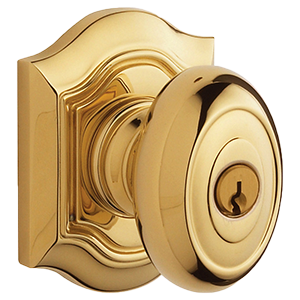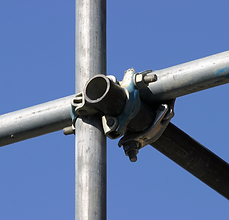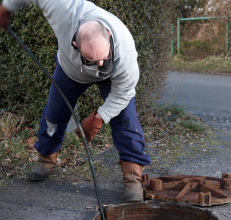
Assuming that you’re hoping to purchase an electronic lock, you might have gone over the expressions “fail-safe” and “fail-secure.”
These names are somewhat unusual. You’d believe that all locks are intended to be safe and secure, so it sounds abnormal that they would separate them as two unmistakable ideas.
While the names sound comparable, they are alternate extremes. Talking, you clearly can’t have a lock that does both. You want to anticipate failure and think about the safest circumstances on the off chance that your electronic lock is done working.
Fail-Safe Locks
So, what is a fail-safe electronic lock? locksmiths southend .

Fail-safe implies that a lock is locked while power streams and unlocked with no electric source. This is “fail-safe” since, when the power fails, any individuals inside will be safe instead of caught.
Electromagnetic locks have armatures that become attractive when the power goes through them, making them join to the door jamb and the way to lock. In a blackout, power is done streaming, and the magnets are at this point not attractive. Accordingly, all electromagnetic locks are fail-safe.
Electric strike locks have little systems that clutch the entryway’s hook when the entryway is locked. At the point when it’s unlocked, this system moves.
When To Use Fail-Safe Locks
Fail-safe turns out best for crisis leave entryways, as certain crises might cause blackouts. In those examples, individuals would in any case have the option to leave the structure. Any blackout whatsoever shouldn’t trap individuals in a single space.
Safes are a hazardous spot for fail-safe locks, amusingly enough. I suppose you could say they fail safes.
If fail-safe locks work for private structures relies upon your viewpoint. Assuming that the power went out and more terrible came to most awful, could you have the option to find one more way out of your home? If not, then, at that point, fail-safe is smart.
Fail-Secure Locks
On the off chance that that is fail-safe, what’s fail-secure?
A fail-secure lock is a lock that stays locked in any event, when the power fails. They’re otherwise called “fail-locked” locks, which are more elucidating and less confounding.
Fail-secure locks have systems that permit them to remain locked even without power. Fail-secure versus fail-safe is about if “locked” is the default state. Fail-secure locks are deactivated with activity and are initiated constantly in any case. This implies that any activity that incites power makes them unlock. Whenever that power is removed, the lock returns into place.
In an electric strike, a component is introduced in the door frame that clutches the entryway’s hook when the entryway is locked. In a fail-secure electric strike, power makes the strike let go of the hook as opposed to clutch it. Without power, the electric strike clutches the entryway’s hook endlessly.
The main electronic lock that is intrinsically not fail-secure is the electromagnetic lock. All electromagnetic locks need power going through them to utilize their magnets, as that is how attractive fields work. Subsequently, every one of them will unlock assuming their power is turned down.
Fail-secure (versus fail-safe) is more uncommon, however, it’s better for security, as the name proposes. The system changes from one lock to another, however, every one of them will keep the entryway fixed tight in blackouts.
When To Use Fail-Secure Locks
Fail-secure locks are best utilized in settings where security is a higher priority than safety. Fail-secure locks work best where assets are being put away. Safes and keypad locks are decent settings for fail-secure locks.



